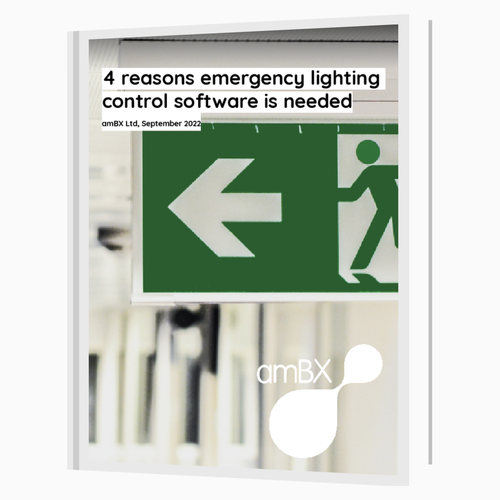Top 5 tips for an effective emergency lighting system
Emergency light testing has always been time-consuming and cumbersome. There is room for human error, and it can be costly to remain compliant. Obviously, it is a safety requirement that buildings must adhere to, but it can often be overlooked because it is such a manual process.
There are now automated solutions that aim to streamline the process. Our emergency lighting control software, SmartCore, can dramatically save time and cost whilst ensuring compliance and occupant safety are always prioritised.
We work with emergency lighting manufacturers, commissioning engineers and building platforms to add additional value and streamline the solution. This creates a quality emergency lighting system for the end customer.
Our top 5 recommendations for an effective emergency lighting strategy are:
Enable integration with lighting and emergency systems
Save energy and gain further insights by integrating the two systems. Interoperability between the lighting systems can then open up opportunities to utilise data from other building platforms to assist with wider smart building management.
Utilise predictive maintenance
Smart components can alert the facility manager when a part is approaching the end of life or requires maintenance, helping to mitigate failure before it occurs. This dramatically improves safety in the building but also saves time and money testing for testing sake.
Remove human error with automatic testing and notifications
Automated systems can send alerts via text, email or dashboard notifications to keep facilities managers up to date with emergency lighting operations without them having to manually conduct tests. It also ensures that any manual tests that are required are never missed. These alerts can be sent directly to the maintenance teams, and if all systems are unified, all maintenance tasks
for any building system can be scheduled into the work plan in order of priority - streamlining the process further.Discover key insights with a user-friendly dashboard
Having a user-friendly dashboard is an essential element of an effective emergency lighting system. If it is overly complicated, key stakeholders will not see the value and want to continue with the traditional manual tests that waste time, money and offer a reduced level of safety for occupants.
User permissions should be enabled so that each user only has access to the areas they need, again improving usability.
Access clear, thorough reports
Reports produced automatically via the user interface and then emailed to relevant users provide clearer insight and improve the audit process when compared to traditional methods with a clipboard and pen. Hand-written data entry and manual tests have a high margin for error, and information can be lost or misinterpreted.
Download our free guide to learn more.






